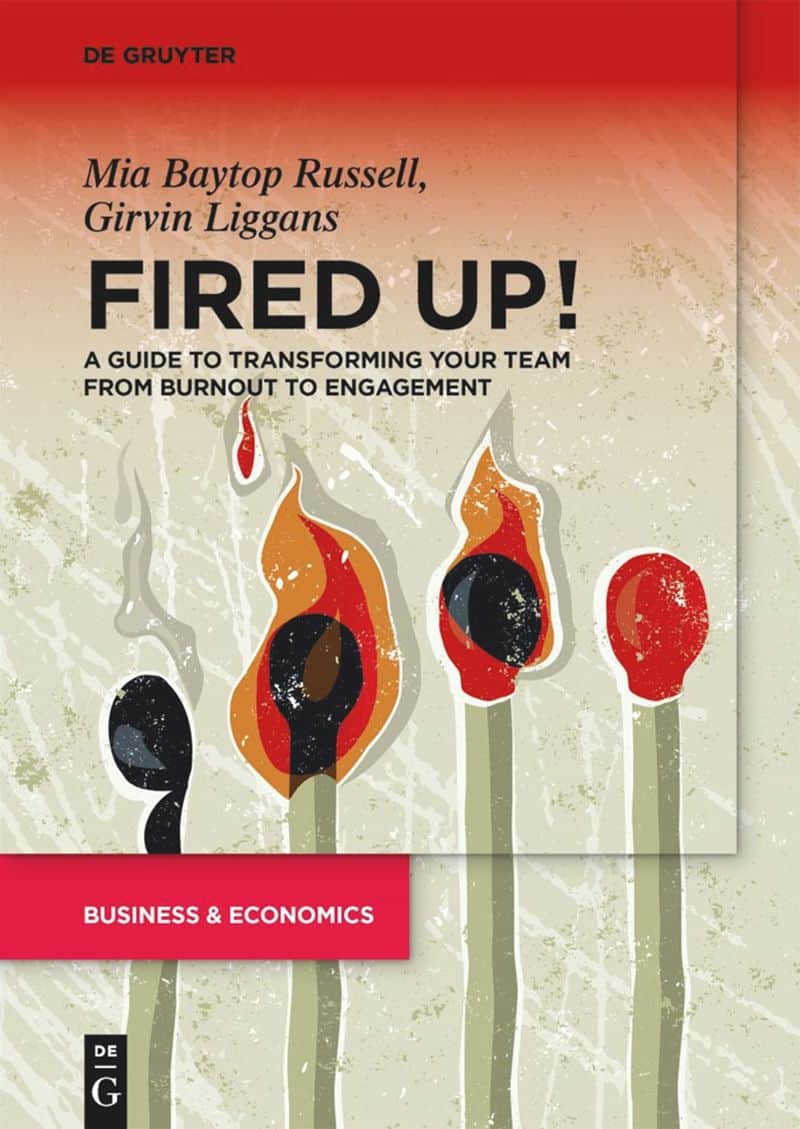Burnout Is Real – Here’s What Leaders Need to Do About It
The pandemic has changed the way we look at work and the workplace, challenging managers to create an environment where employees can – and want to – successfully perform. As the main architects of the work environment, it is the responsibility of leaders to help solve one of the most pressing organizational problems of our time: burnout.
With each workplace movement of late, from the “Great Resignation,” or the pandemic era of unusually high quit rates, to today’s latest trend “quiet quitting,” in which employees are seemingly “dialing” back work and creating a more transactional relationship with work, there are a few common themes: employees are stressed, exhausted, and rethinking and reconciling their relationships with work.
“Burnout is an organizational problem that can and should be solved.”
It’s undeniable that the complex, fast-paced and demanding environments, where many employees work, facilitate stress. Employees spend anywhere between 80,000 and 115,000 hours working over their lifetime (put in perspective, they likely only sleep more than that.) During this time, it is likely that employees will experience some level of work-related stress at one time or another. Yet, when chronic stress manifests slowly from feelings of frustration to anger and feeling unsupported, the chances that employees experience burnout begin to increase.
Burnout, one of the most significant workplace challenges of our time, is characterized by exhaustion, cynicism, and reduced professional efficacy that results from chronic and unsuccessfully managed workplace stress. Simply put, no one is immune from burnout. It is a global phenomenon, affecting nearly every country, industry, and discipline. And, more importantly, burnout is an organizational problem that can and should be solved. This requires that leaders not only understand and recognize burnout but that they also work to avoid and overcome burnout for themselves and within their teams.
Contagious Burnout
The modern workplace is increasingly characterized by the high use of technology, virtual and remote work options, and constant change. It is ripe with factors often associated with burnout, namely excessive workloads, time pressures, lack of role clarity, unfair treatment, and lack of communication and supervisory support. Many of these factors, or job demands, can lead to challenges, such as day-to-day frustrations, roadblocks, and unmet expectations that are risk factors of burnout, if not managed.
“Burnout is contagious and can travel quickly throughout an organization. ”
Studies continue to show that conditions within the workplace can wreak havoc on individuals. Recent research indicates that employees are experiencing increased work-related pressure and job demands and that employees are unable to manage a healthy work-life balance. This is problematic – especially when we consider that burnout is contagious and can travel quickly throughout an organization. It can spread from person to person through a process of emotional contagion where people “catch” the emotions of others or process of individuals converging emotionally. The implications being that even one individual exhibiting symptoms of burnout can be disruptive to an organization.
Burnout is also costly. According to the World Health Organization, the global cost burden of burnout is estimated at more than $300 billion per year. But there are other costs – burnout costs employers and organizations upward of 34% of an employee’s annual salary and approximately 20–50% of turnover can be attributed to burnout. These numbers are huge and significantly impact an organization’s bottom line.
Let’s not lose sight of the personal costs of burnout. Burnout can have social consequences such as marital problems, family conflicts, and may lead to employee presenteeism, absenteeism, and turnover, while also leading to physical symptoms, such as fatigue, insomnia, substance abuse, a weakened immune system, heart disease, and an increased risk of suicide.
Creating a Burnout-Proof Environment
Managing burnout requires leadership. As main architects of the work environment, leaders and managers have a great deal of control over it and the ways in which work is assigned. As such, managing burnout should not be seen as the sole responsibility of individual employees. In fact, the positionality that leaders hold provide for control and privilege.
“We believe that with that control comes responsibility.”
We believe that with that control comes responsibility. And that responsibility includes creating and maintaining a burnout-proof environment where conditions that help to spread chronic stress and burnout are eliminated and strategies are implemented that facilitate well-being and engagement.
To facilitate a burnout-proof environment, leaders need to:
(1) assess their work environment for factors related to burnout and engagement,
(2) acknowledge what they have control over and the internal and external realities of the organization, and
(3) develop high-quality relationships built on trust, respect, and fair treatment.
By being knowledgeable and prepared to help mitigate burnout and foster engagement, leadership has the power to make an enormous, positive impact on their organization by creating environments where employees can flourish.
Learn more in this related title from De Gruyter
[Title image by Delmaine Donson/E+/Getty Images
